The City of Sydney is trialling the world’s first ‘green’ road on a major high-volume traffic road leading to Sydney Airport, with the concrete made from industrial by-products of coal-fired power stations and co-products from the steel industry. The project is an important step in creating road surfaces that are more environmentally friendly, while remaining commercial viable.
For most people, the suggestion of driving over industrial by-product would conjure up images of an apocalyptic environmental disaster. But, the City of Sydney is trialling a new ‘green’ approach that could be the first step in environmentally-friendly paving and footpaths.
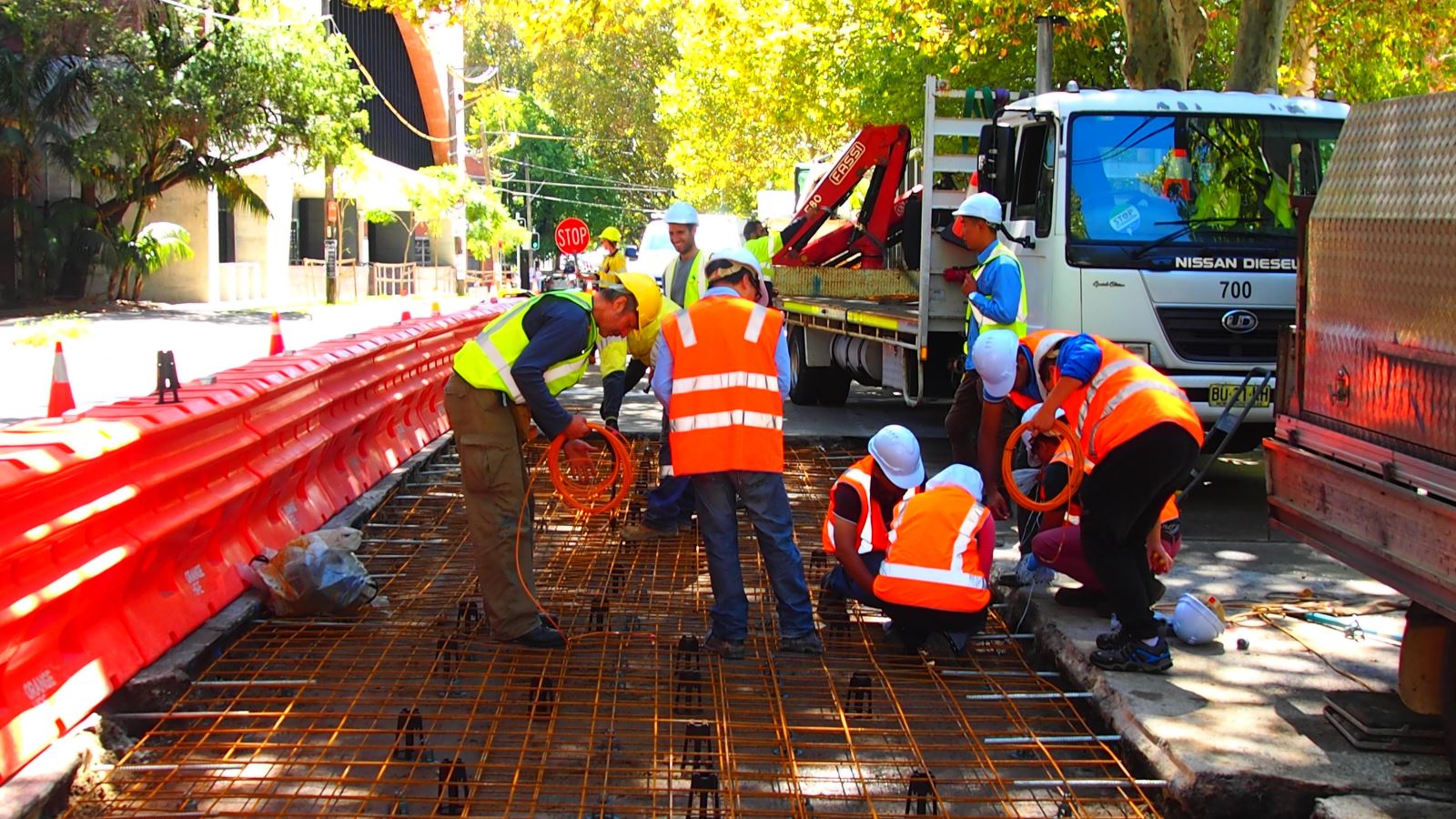
The trail is being conducted on a 30m section of road on Wyndham Street – a busy inner-city Sydney street that leads to Sydney Airport in the suburb Alexandria. The site was chosen because the road was already in need of repair and as a major road leading to Sydney Airport, it has a high traffic volume, providing the perfect environment for an intensive trial.
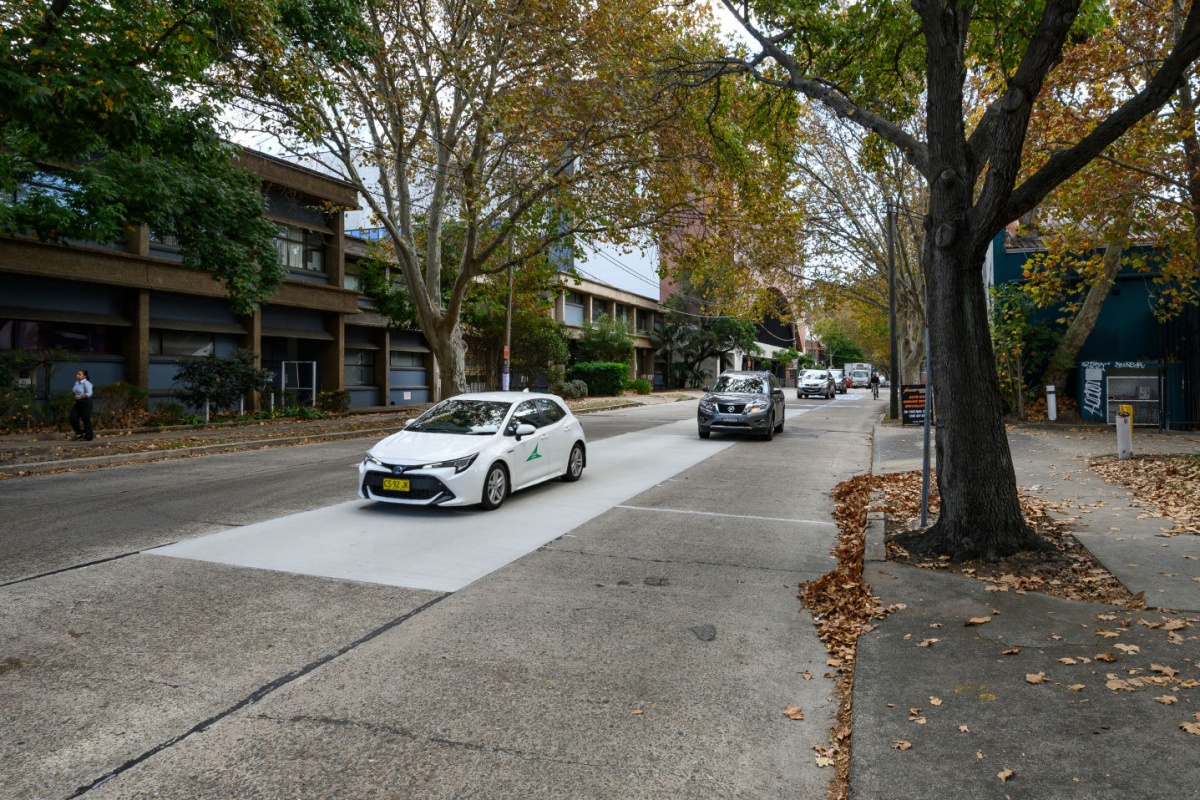
As part of the trial and to test the green concrete durability, the City has laid 15m of traditional concrete and 15m of geopolymer concrete, a sustainable blend of concrete and recycled materials.
It is also hoped that the trial will reduce perceived risks about using geopolymers and demonstrate that alternatives to concrete can be found, paving the way for this approach to be used elsewhere.
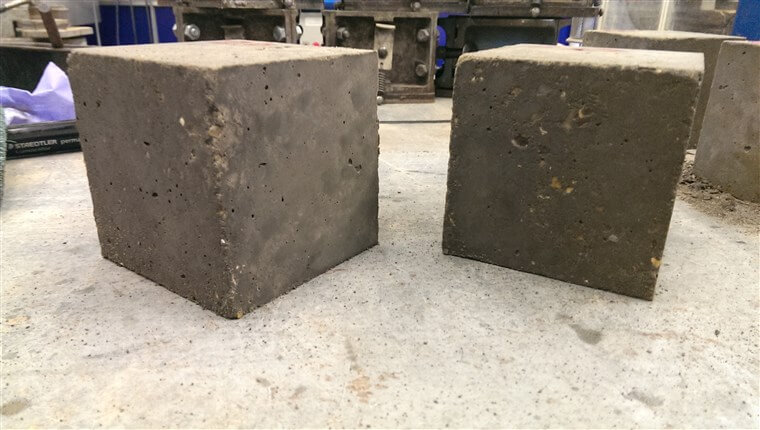
Seventy per cent of concrete that is produced goes into pavements and footpaths, and concrete contributes seven per cent of all greenhouse gas emissions. In 2018, 4.1 billion tonnes of cement was produced around the world, which creates ten billion tonnes of concrete. This contributed about 3.5 billion tonnes of CO2. However, geopolymer concrete has a 50 per cent reduction in carbon emissions compared with conventional cement.
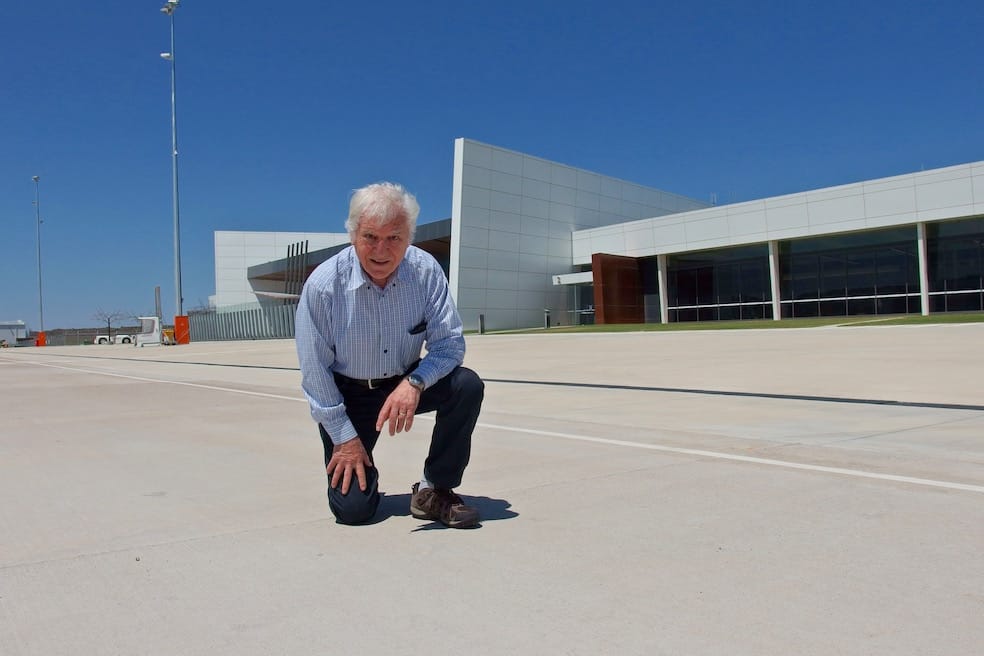
Made from fly ash and blast furnace slag, geopolymer generates just 300kg of CO2 per tonne of cement, compared to the 900kg from traditional cement production.
Research has been undertaken since the 1990s into geopolymer, but it’s only now that it is being explored as a product that is not only better for the environment, but also commercially viable.
The low CO2 concrete has the potential to put the 400 million cubic tonnes of globally documented by-product from the coal and steel industries to good use.
According to infrastructuremagazine



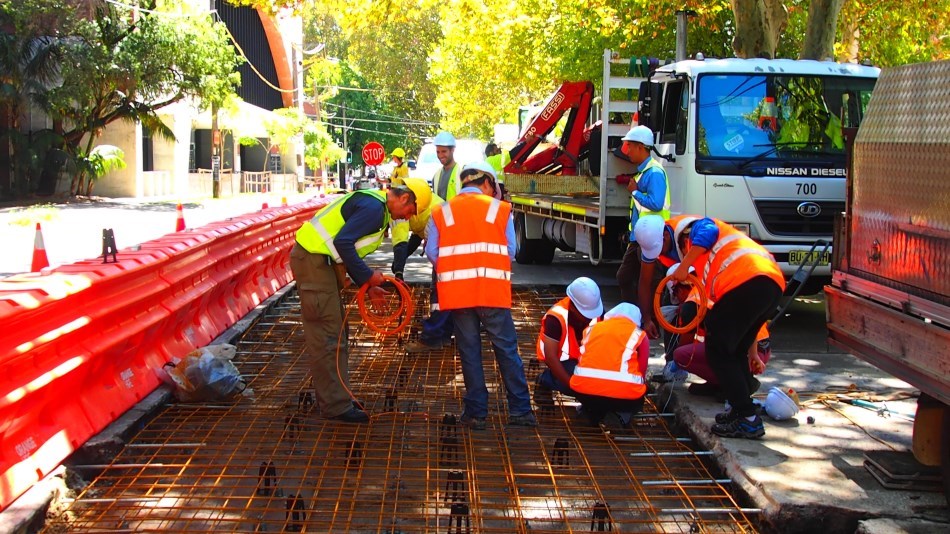

![[HONORARY PROFESSOR OF RECORD FOR PRACTICE AND EMPIRICAL RESULTS – 2024] RECORD HOLDER CHU BAO QUE (BAC GIANG PROVINCE, VIETNAM)](https://uskings.us/wp-content/uploads/2024/05/IMG_0386-218x150.jpg)


